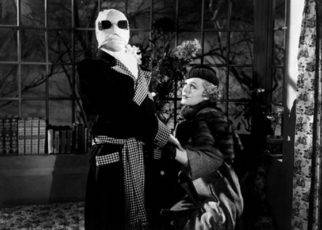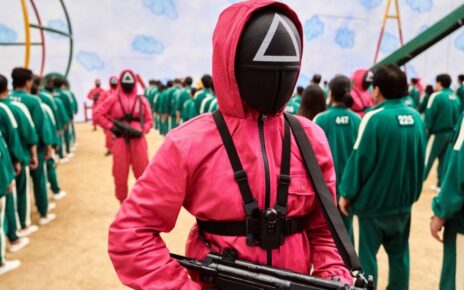People love to be scared, if the history of horror films is any indication. These movies have a long and healthy background, dating back more than a century. The early films laid the groundwork for such modern soon-to-be classics like the Twilight series of vampire films and the 2010 remake of The Wolfman starring Benicio del Toro as the tragic werewolf Lawrence Talbot.
The early films – some of which were viewed by moviegoers who had the benefit of medical staff in the theatre in case the film watchers were overwhelmed by the spectacle in front of them – seem tame compared to today’s horrific offerings. But, without those early films, today’s fright movies would not be. Indeed, today’s horror movies owe a debt of thanks to the groundbreaking films that came before them.
Silent Horror Films
Some of the first horror films, without sound and accompanied by subtitles, took their storylines from classic works such as Mary Shelley’s Frankenstein and Bram Stoker’s Dracula. They date back all the way to 1896 when the first fright flick was apparently made (Horrorseek.com, July 12). The Devil’s Castle/The Haunted Castle was a French film about a devil-vampire who went by the name of Mephistopheles.
There was no stopping this beginning of horror on film, with the first Frankenstein-named movie being made in 1910. Even though this movie was only 16 minutes long, one of its claims to fame was that it was produced by Thomas Edison, the same man who invented the light bulb.
There were numerous other movies made during the silent era, not the least of which was the Cabinet of Dr. Caligari (1919). The film, about a sideshow performer who doubles as a mysterious murderer, was an instant classic due at least in part to its surreal production values. It was, no doubt, a severely creepy movie.
Lon Chaney Sr.: The King of Silent Horror
Lon Chaney Sr. was dubbed the Man of a Thousand Faces, and he earned this name in spades. Starting his movie career in 1913 (AMC Filmsite.org, July 12), he went on to star in some of the most notable films of the silent era (The Hunchback of Notre Dame in1923 and The Phantom of the Opera in 1925 to name a couple). The incredible thing about Chaney was that he did his own makeup, which in some of his movies was excruciating to wear – in Phantom, he forced his face into a hideous skull-like look.
Chaney was poised to take his skills into the talking cinema era, the advent of which sent many good-looking but verbally challenged stars scrambling. However, he was diagnosed with bronchial lung cancer and died in 1930, just as he was about to embark on a talking movie career.
Horror Films that Followed
After the silent era came many more movies in the early 1930s, including Frankenstein starring Boris Karloff in the title role and Dracula starring Bela Lugosi. Universal dominated as a horror movie maker, and continued on to make The Wolfman in 1941 with Lon Chaney Jr. in the starring role. Some of Universal’s later movies went into the absurd realm with such offerings as Abbott and Costello Meet Frankenstein.
Hammer Films picked up the mantle of film horror in the 1950s, with such well-made pictures as The Curse of Frankenstein (1957) and Dracula (1958). Christopher Lee was great as Dracula, as well as other monsters down the road, with Peter Cushing his foil as Dr. Van Helsing in the Dracula films. Cushing also starred as Dr. Frankenstein in Hammer’s Frankenstein films, which continued well into the 1970s.
Audiences have since been ‘treated’ to such frightening characters in more recent times as the brutal killer Jason in the Friday the 13th movies and Freddy Krueger in the Nightmare on Elm Street series. But these modern-day monsters owe a debt of thanks to the monsters who came before them. The movie monsters of old definitely set the scene for those who followed.



